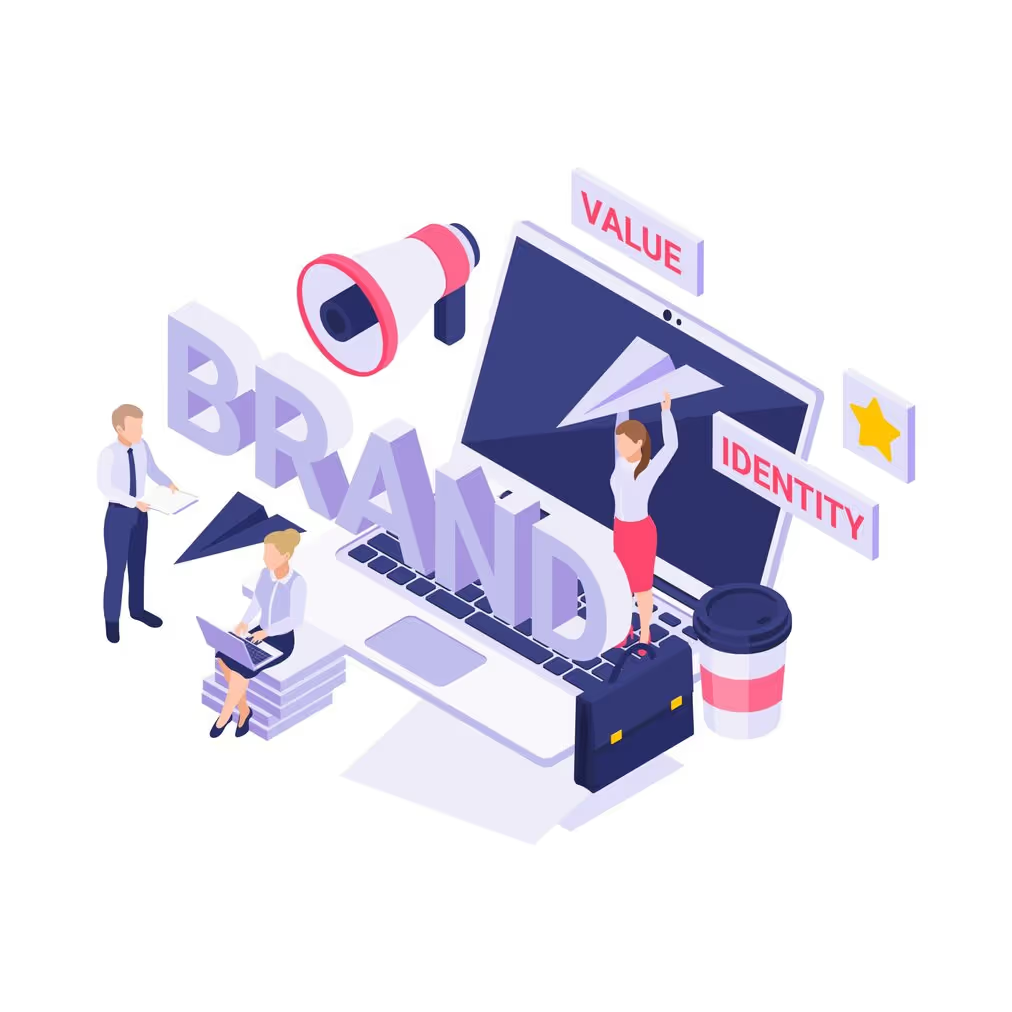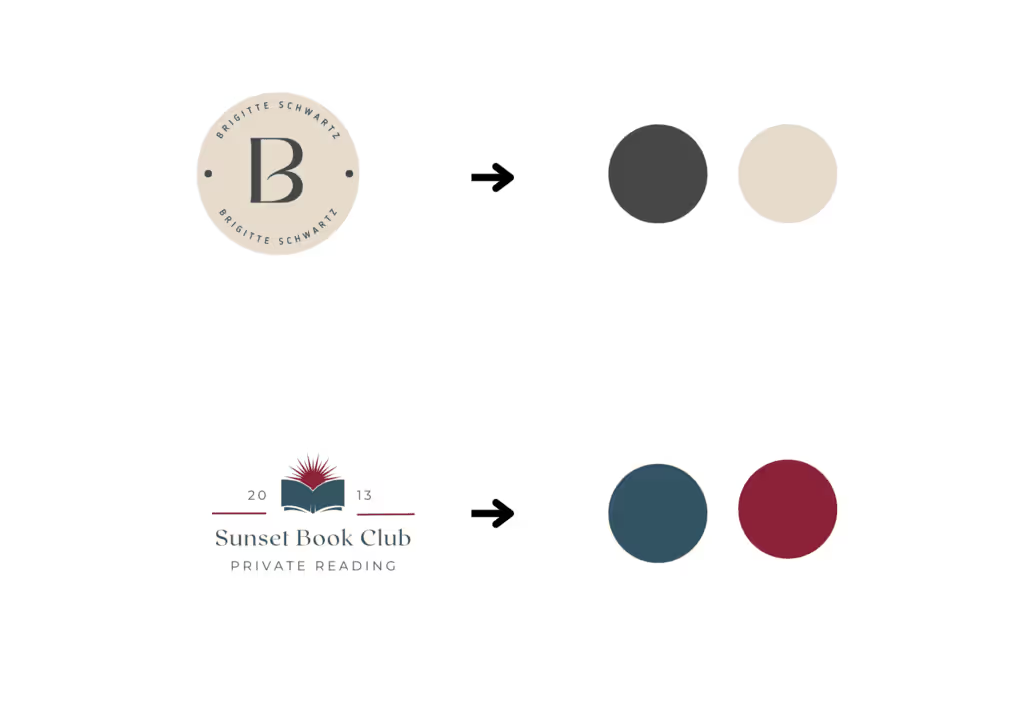From Web2 to Web3: How Web3 in Web Design Is Redefining Online Ownership
See how web3 in web design blends blockchain, wallets, and UX to create secure, decentralized, user-first digital experiences.

It is every business goal to be ahead in the competition among competitors that sell the same products and services. That is why a business must have a strong identity and story to achieve it. In other words, a business must have a strong brand. The process to realize it is known as branding. Let’s learn more about the process here.

Branding is a process to create an identity of a business. The goal is to create a strong and positive perception of the company in customers’ minds. Therefore, people will quickly identify and experience the brand. So, they have more reasons to buy your products or services over the competitors.
When starting a business, many think the most important thing is selling first and ignoring other aspects. The aspect is no less important in helping advance your business. So, why is branding so important apart from that reason?
Recognition & Differentiation. Customers can recognize your business easily and distinguish it from other businesses in the same field.
Trust & Credibility. Establishing trust and credibility fosters customer confidence in your products or services.
Customer Loyalty & Advocacy. Good branding builds emotional connections. It will lead to customer loyalty and advocacy.
Market Positioning & Expansion. Defining your position in the market. And when your brand achieves it, it can facilitate you to expand into new markets.
Employee Morale and Innovation. Branding does not only have an impact on external parties. It also can boost employee morale which can encourage innovation and product development.
Consistency & Brand Image. Being consistent in messaging and design is what creates a strong, coherent brand image.
In creating a brand identity, you will need various elements to make the best. However, no matter how many you include in it, these elements are the ones you need the most. Let’s examine the elements below.
No business is without a logo. With a logo, the brand is easy to recognize. That is why, the logo is an important part of branding. It is usually an image representative of a brand. Some brands include the company, brand, or business name. It goes to your business ads and marketing materials, from business cards, websites, social media, merch, and more.

Besides the logo, color can be a trademark that identifies a business. Apart from identification, it also reflects the key values and personality. You don’t need to stick to one color to create a unique look and, at the same time, express your personality well.

You may be wondering why shape is so important in your brand identity. It can convey values and other identity aspects. It applies not only to a logo, but also to the web background, design layout, and stationery design. When deciding to use shapes, you have to consider what shapes align with your business. So, it can be more than just one shape you need.

Catchy phrases can ignite curiosity. They also are the way you communicate the brand message. That is why the tagline should deliver the essence of your unique offer. It will be better when the tagline is simple, creative, and short. The well-constructed tagline can distinguish your business from other competitors.
The tone of voice is about language, vocabulary, and words you use to show your business characteristics through the content. It includes the content in emails, website copy, also social media posts. Just like humans, a business has its characteristics that differentiate it from other business fields. So, it has different ways to communicate with the audience and customers. One thing to keep in mind is you must have a consistent tone of voice that aligns with your brand personality and resonates with your targets.
Another element that contributes to visual appeal in branding is font. The font you choose can strengthen your personality, values, and professionalism. It also can correlate to different traits, just like the colors do. You have to make the font use consistent across all the written materials since it is part of your identity.

The logo may be the part of imagery element. However, imagery is more than just a logo. It includes photos, illustrations, stock images, and even the style of graphics you use on the website and other assets. Imagery is closely related to color and shape elements so this can influence the overall impression of your brand.
Last but not the least is positioning. Positioning defines your business space in the market, among others, not only in the customer’s eye. It incorporates all the elements to establish a firm positioning. Besides, positioning is not only about the brand in its market but also involves interaction with other brands from other industries.
Including those elements does not guarantee your success in branding. Many have failed to grasp the essence of building the brand identity. To avoid failure in your branding process, follow the rules below.
Brand Identity and Consistency: Maintain visual and verbal consistency. Colors, logos, messaging—keep them cohesive. It builds recognition and trust.
Consumer Insights and Feedback: Listen actively to customers. Understand their needs. Adapt branding strategies accordingly. Customer satisfaction drives success.
Competitor Analysis: Study your competitors to identify market trends, opportunities, and potential threats. It helps you position your brand effectively and stay ahead in a competitive landscape.
Emotional Connection: Build emotional bonds with your audience by creating authentic and relatable stories. They are more likely to become loyal advocates when they feel a personal connection.
Adaptation: Be flexible and adaptable to changes in the market, consumer preferences, and technology. Modify your branding strategies as needed to stay relevant and responsive.
Branding shapes a strong business identity. It ensures recognition, trust, loyalty, and market positioning. Stay consistent in design, listen to customers, analyze competitors, connect emotionally, and adapt to change. These key elements are crucial for effective branding and business success.